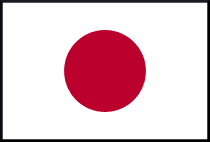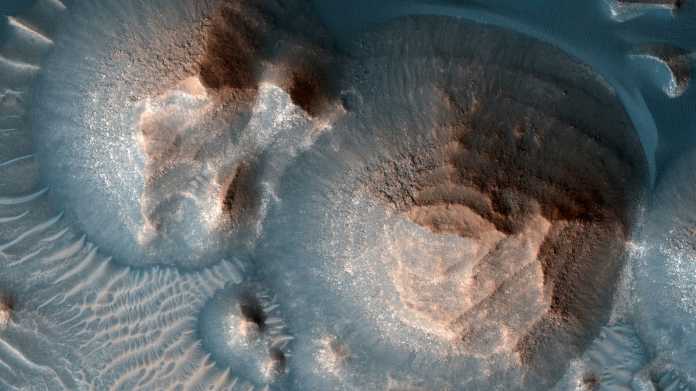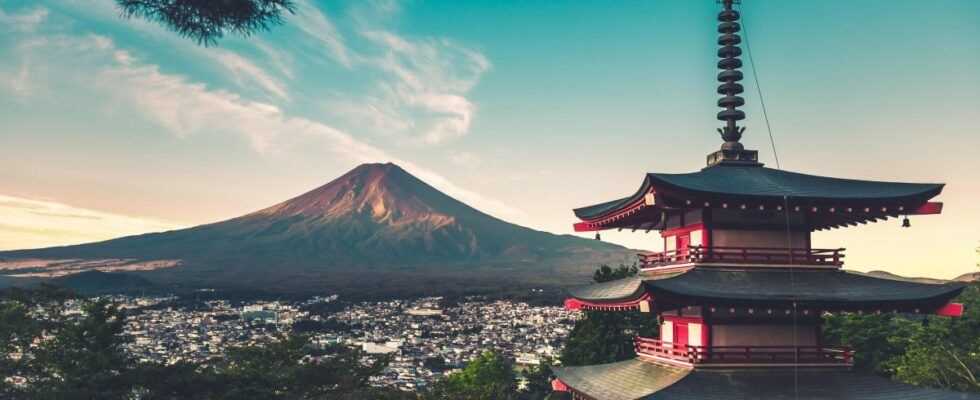Tokyo, a metropolis of 14 million people, is preparing for many natural disasters. River floods, storm surges and tsunamis endanger the east of the city, while floods threaten the north-east. The fear of typhoons and torrential rains are eternal companions, just like the waiting for the next big mega-quake. But the national mountain Fuji, around 100 kilometers away, with its almost ideal-typical volcanic cone, indicates a particular danger: a volcanic eruption.
Its last eruption, in which volcanic ash was carried into today’s heart of Tokyo, was more than 300 years ago. But the danger of a new outbreak is now being taken seriously enough that the Tokyo business district between Tokyo Station and the Imperial Palace is preparing for new fallout. Because the fine dust from a fire-breathing mountain could paralyze modern city life in the world’s largest metropolitan region in unfavorable westerly winds for weeks.
Danger and effects of ash fall
An eruption of Mount Fuji and westerly winds could drop five millimeters and a total of ten centimeters of ash per hour in the region, estimates Mitsubishi Estate, the largest property owner in the districts of Otemachi, Marunouchi and Yurakucho, in its first plan of action against the effects of a volcanic eruption. This means that there is a risk that rail and car traffic, logistics, electricity, water supply, sewerage and communication will no longer function a few hours to two weeks after the ash fall.

Japan has always tried everything possible with electronics – and often the impossible. Every Thursday our author Martin Kölling reports here on the latest trends from Tokyo.
More articles on “Post from Japan”
The risk of failures is particularly high when rain and ash fall. Ash rain of three millimeters or more with simultaneous rain could lead to short circuits and power outages. This would automatically bring rail traffic to a standstill, which moves several million commuters every day in the Tokyo area with its 36 million inhabitants.
The district would still be lightly affected. According to the government’s risk scenario, 30 centimeters of ash could fall in a corridor about 70 kilometers long from the Fuji crater. The emergency services warn that normal single-family houses in this region could collapse under the weight of the ashes.
In addition, it was only this year that the government increased the areas that could be hit by lava flows. The important motorway and train connections between Tokyo and the industrial regions in central and western Japan, which run over the southern slope of Mount Fuji, would also be at risk.
Better protection for rain drains and air conditioning filters
That alone would be bad enough. But a standstill in central Tokyo would also cripple political life, the headquarters of umpteen global corporations and, above all, the entire banking sector. Mitsubishi Estate is preparing with its action plan to limit the damage to first life and then economic life.

The approximately 20 high-rise office buildings that the company owns in the area have better protection against ash from rain drains and air conditioning filters. In addition, the real estate company is storing more air conditioning filters in order to enable the buildings to operate for as long as possible. In addition, the company is increasing its disaster equipment, which was previously geared towards earthquakes, with equipment such as goggles and breathing masks for cleaning up ash. But a large part of the volcano prevention is based on a step-by-step evacuation plan.
As soon as an outbreak begins, people in the area are urged to return home early to avoid getting stranded in the center. At the same time, preparations for emergency operation in case of ash rain are started.
Precautions in the event of a power failure
In the third stage, a power failure and the operation of emergency power generators, the maintenance of air conditioning systems is continued. If the diesel for the emergency power generator then becomes scarce, all remaining people except the building staff are evacuated. If the power supply even stops completely, the building is left entirely to itself.

Mitsubishi Estate is by no means the only company that is preparing for volcanic eruptions. In 2020, the government asked the communities and institutions in the entire Fuji area to better prepare for a possible disaster. Many other regions also have contingency plans. After all, Japan is home to 111 active volcanoes. Fortunately, volcanic eruptions are less common than earthquakes. In the first 24 days of December, the earth in the Tokyo area shook noticeably five times.
(jle)

